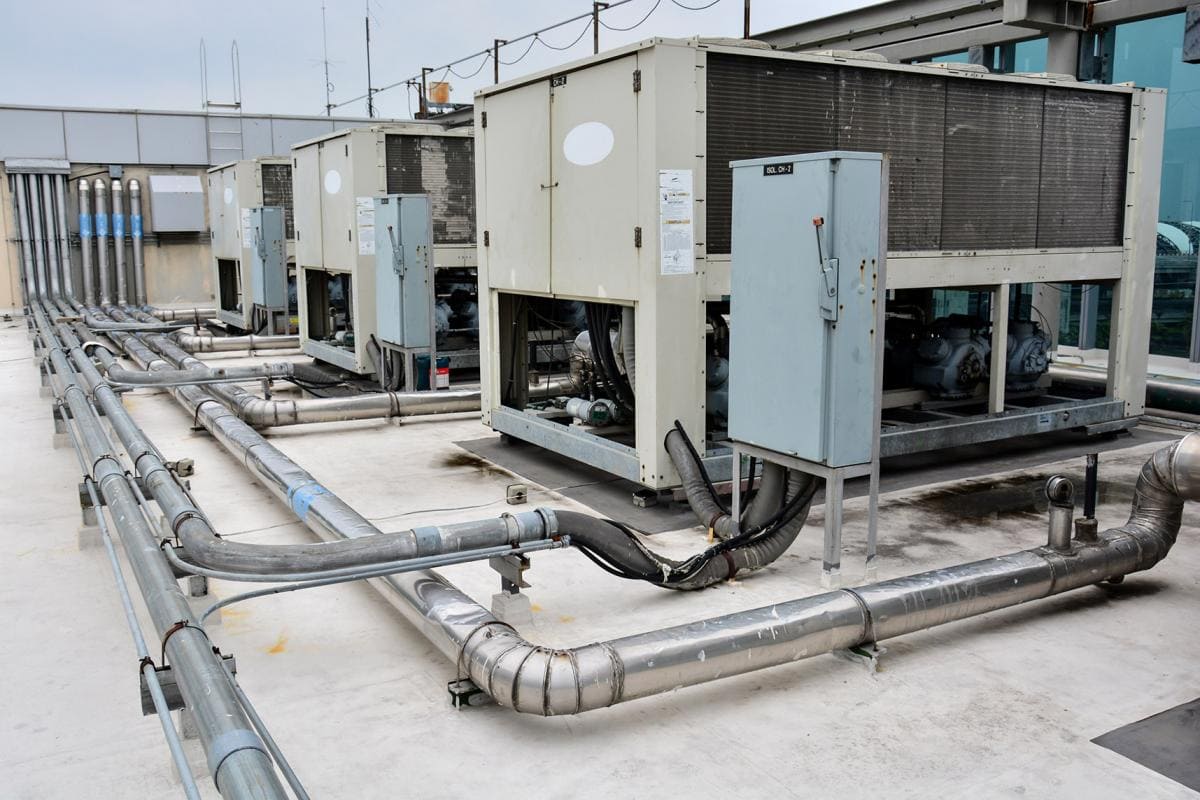

Articles
What Is HVAC Plumbing
Modified: January 5, 2024
Explore informative articles on HVAC plumbing and discover what it entails, from installation to maintenance and troubleshooting. Gain insights and tips to keep your HVAC plumbing system running smoothly.
(Many of the links in this article redirect to a specific reviewed product. Your purchase of these products through affiliate links helps to generate commission for Storables.com, at no extra cost. Learn more)
Introduction
Heating, ventilation, and air conditioning (HVAC) plumbing is an essential aspect of maintaining a comfortable and functional indoor environment. Whether it’s a residential or commercial space, the HVAC plumbing system plays a crucial role in providing efficient heating, cooling, and proper air circulation.
Understanding how HVAC plumbing works can help homeowners and business owners make informed decisions regarding installation, maintenance, and troubleshooting. In this article, we will delve into the world of HVAC plumbing, exploring its components, functions, types, installation, maintenance, and the benefits of a well-functioning system.
From regulating the indoor temperature to maintaining air quality, HVAC plumbing ensures an optimal and enjoyable living and working environment. Let’s explore the fascinating world of HVAC plumbing and discover the key factors that contribute to its successful operation.
Key Takeaways:
- Understanding HVAC plumbing is crucial for maintaining a comfortable indoor environment. From temperature control to air quality, a well-functioning system enhances comfort, energy efficiency, and property value.
- Regular maintenance and prompt troubleshooting are essential for maximizing the benefits of an HVAC plumbing system. By investing in care and professional servicing, building owners can create a healthy, comfortable, and sustainable indoor environment.
Read more: What Is Plumbing?
Understanding HVAC Plumbing
HVAC plumbing refers to the intricate network of pipes, vents, and fixtures that make up the heating, ventilation, and air conditioning system in a building. It is responsible for distributing hot and cold air, regulating temperature, removing pollutants, and maintaining proper airflow.
The HVAC plumbing system combines the principles of plumbing, which deals with the transport of water and other liquids, and HVAC, which focuses on temperature control and air circulation. By utilizing a network of ducts, pipes, and vents, HVAC plumbing ensures that conditioned air is delivered to every part of the building.
One of the key components of an HVAC plumbing system is the air handling unit (AHU). This unit contains a blower, heating and cooling coils, and filters. It works by drawing in outside air, conditioning it, and then distributing it throughout the building via a series of ducts. The AHU also plays a vital role in filtering out pollutants and maintaining air quality.
Another crucial component of HVAC plumbing is the refrigeration system. This system is responsible for cooling and dehumidifying the air. It utilizes a compressor, condenser, evaporator, and refrigerant to remove heat from the air and deliver cooled air to the building. By controlling humidity levels, the refrigeration system ensures optimal comfort for occupants.
Proper ventilation is also a fundamental aspect of HVAC plumbing. Ventilation helps to remove stale air, control odors, and prevent the buildup of harmful gases emitted from appliances and equipment. It also ensures the circulation of fresh air, contributing to a healthy and comfortable indoor environment.
Understanding the intricate workings of HVAC plumbing is crucial for maintaining a well-functioning system. From the AHU to the refrigeration system and ventilation, each component plays a vital role in providing optimum comfort and air quality in a building.
Components of HVAC Plumbing System
The HVAC plumbing system consists of several key components that work together to provide heating, ventilation, and air conditioning. Understanding these components is essential for homeowners, business owners, and HVAC professionals to effectively install, maintain, and troubleshoot the system.
1. Air Handlers: The air handler is a critical component of the HVAC plumbing system. It contains the blower, condenser coil, heat exchanger, and other elements necessary for air conditioning and heating. The blower circulates air through the system, while the coils facilitate heat transfer.
2. Ductwork: Ductwork is responsible for distributing conditioned air throughout the building. It consists of a network of pipes and pathways that deliver air to different rooms or zones. Properly designed and sealed ductwork ensures efficient airflow and temperature regulation.
3. Thermostat: The thermostat serves as the control center for the HVAC system. It allows users to set the desired temperature and control the operation of the system. Modern thermostats often come with programmable features, enabling users to schedule temperature adjustments throughout the day.
4. Ventilation System: The ventilation system ensures the exchange of fresh air with stale air. It removes pollutants, odors, and excess moisture from indoor spaces. There are different types of ventilation systems, including natural ventilation, mechanical ventilation, and hybrid systems that combine both.
5. Heat Pump: Heat pumps are used for both heating and cooling purposes. They transfer heat from one area to another using refrigerant. During the winter, heat pumps extract heat from the outdoor air or the ground to warm up the indoor space. In the summer, they remove heat from the indoor air, providing cooling.
6. Condenser Unit: The condenser unit houses the condenser coil and compressor. It plays a crucial role in the refrigeration cycle, where heat is removed from the indoor air and released outside. The condenser unit is typically located outdoors to facilitate proper heat dissipation.
7. Filters: Filters are essential for maintaining air quality by trapping dust, pollen, pet dander, and other airborne particles. Regularly changing or cleaning the filters ensures optimal efficiency and airflow while preventing the buildup of contaminants in the system.
These components work together in a complex system to provide heating, ventilation, and air conditioning. Understanding their functions and interactions is crucial for ensuring the proper functioning and efficiency of the HVAC plumbing system.
Functions of HVAC Plumbing System
The HVAC plumbing system serves several essential functions that contribute to the overall comfort, health, and efficiency of a building. Understanding these functions is crucial for homeowners, business owners, and HVAC professionals to appreciate the importance of a well-maintained system. Let’s explore the key functions of the HVAC plumbing system:
1. Temperature Control: One of the primary functions of the HVAC plumbing system is temperature control. The system ensures that the indoor temperature remains within a comfortable range, regardless of the external weather conditions. By regulating the flow of hot or cold air, the system maintains a consistent and desirable temperature throughout the building.
2. Air Conditioning: The HVAC plumbing system provides air conditioning, which is essential for cooling indoor spaces during hot weather. It removes heat from the indoor air, transfers it outside, and circulates cooled air throughout the building. This function helps to maintain a comfortable and enjoyable environment, especially in regions with high temperatures.
3. Heating: In colder climates, the HVAC plumbing system plays a vital role in providing heating. It ensures that the indoor spaces stay warm and cozy even during the winter months. Whether through a heat pump, furnace, or boiler, the system effectively circulates heated air or water to keep the building at a comfortable temperature.
4. Air Circulation: Proper air circulation is crucial for maintaining a healthy indoor environment. The HVAC plumbing system facilitates the movement of air throughout the building, promoting the exchange of fresh air with stale air. It eliminates stagnant air, removes odors, and prevents the buildup of pollutants, promoting good indoor air quality.
5. Humidity Control: The HVAC plumbing system helps maintain optimal humidity levels indoors. Excess humidity can promote the growth of mold and mildew, while low humidity can cause dryness and discomfort. The system regulates humidity by removing excess moisture or adding it when needed, ensuring a balanced and comfortable environment.
6. Ventilation: Adequate ventilation is essential for ensuring proper air exchange and improving indoor air quality. The HVAC plumbing system incorporates ventilation components that remove stale air, pollutants, and odors from the building while allowing fresh air to enter. This function helps prevent the buildup of harmful substances and ensures a healthy and refreshing indoor environment.
7. Energy Efficiency: An important function of the HVAC plumbing system is to enhance energy efficiency. A properly designed and maintained system can significantly reduce energy consumption and lower utility costs. Features such as programmable thermostats, efficient equipment, and well-insulated ductwork help optimize energy usage and minimize waste.
By performing these functions, the HVAC plumbing system helps create a comfortable, healthy, and energy-efficient indoor environment. Regular maintenance, proper usage, and professional servicing are essential for the system to continue functioning effectively and efficiently.
Types of HVAC Plumbing Systems
There are several types of HVAC plumbing systems available, each designed to suit different building structures, climate conditions, and energy requirements. Understanding the various types of systems can help homeowners and business owners select the most suitable option for their specific needs. Let’s explore some of the common types of HVAC plumbing systems:
- Split System: A split system is the most common type of HVAC plumbing system. It consists of two main components: an indoor unit and an outdoor unit. The indoor unit contains the air handler and the evaporator coil, while the outdoor unit houses the condenser coil and the compressor. Split systems can provide both heating and cooling and are ideal for small to medium-sized homes or buildings.
- Packaged System: In a packaged system, all the components of the HVAC plumbing system are housed in a single unit, which is typically placed outside the building or on the roof. These systems are often used in commercial buildings or larger residential properties. Packaged systems come in different configurations, including air conditioning only, heating and cooling, or heat pump options.
- Ductless Mini-Split System: Ductless mini-split systems are a popular choice for situations where installing ductwork may be challenging or impractical. These systems consist of an outdoor unit and one or more indoor units mounted on the wall or ceiling. Each indoor unit can be controlled independently, allowing for zoned temperature control. Ductless mini-split systems are energy-efficient, quiet, and provide flexible heating and cooling options.
- Geothermal System: Geothermal HVAC systems utilize the earth’s natural heat to provide heating, cooling, and hot water. These systems rely on a series of underground pipes, called ground loops, to exchange heat with the earth. Geothermal systems are highly efficient and environmentally friendly, although they can be more expensive to install than other systems.
- Radiant System: Radiant heating and cooling systems use pipes or electric heat elements installed beneath the floor or within the walls or ceiling to provide comfortable temperature control. These systems create warmth or cooling by emitting heat or cold from the surrounding surfaces. Radiant systems are known for their energy efficiency, even distribution of heat, and quiet operation.
- Hybrid System: Hybrid HVAC systems combine the use of traditional heating and cooling equipment, such as a furnace and air conditioner, with a heat pump. The system automatically switches between the various components based on the outdoor temperatures and energy efficiency. Hybrid systems provide versatility and can help optimize energy usage and cost savings.
Each type of HVAC plumbing system has its own advantages and considerations. Factors such as the size of the building, local climate, energy efficiency goals, and budget should be taken into account when selecting the most suitable system. Consulting with an HVAC professional can help determine the best choice for specific needs and requirements.
Read more: What Is A Stoppage In Plumbing
Installation of HVAC Plumbing System
The installation of an HVAC plumbing system is a complex process that requires careful planning, expertise, and adherence to building codes and regulations. Whether it’s a new construction project or a retrofitting job, proper installation is crucial for the system to function effectively and efficiently. Let’s explore the key steps involved in the installation of an HVAC plumbing system:
- Assessment and Design: The first step in the installation process is to assess the needs of the building and design an HVAC plumbing system that meets those requirements. An experienced HVAC professional will take into account factors such as the size and layout of the building, insulation levels, local climate, and energy efficiency goals.
- Ductwork Installation: If the system involves ductwork, the installation of ducts is one of the critical stages. The ductwork should be properly sized, carefully sealed, and correctly insulated to ensure efficient airflow. Properly designed and installed ductwork will distribute conditioned air evenly throughout the building, preventing air leakage and minimizing energy loss.
- Equipment Installation: Once the ductwork is in place, the installation of the equipment begins. This includes the air handler, condenser unit, heat pump, furnace, or any other components specific to the chosen HVAC system. The equipment is installed according to manufacturer guidelines, ensuring proper electrical connections, refrigerant lines, and drainage systems.
- Ventilation and Air Quality Measures: During the installation process, adequate measures should be taken to incorporate ventilation components such as exhaust fans, air filters, and air purifiers. These elements contribute to maintaining good indoor air quality by removing pollutants, controlling humidity levels, and promoting fresh air circulation.
- Electrical and Control Wiring: Electrical wiring is an essential aspect of HVAC plumbing system installation. Properly connecting the equipment, thermostat, and control panels ensures smooth operation and effective communication between components. Care should be taken to comply with electrical codes and safety regulations.
- Testing and Balancing: After the installation is complete, the HVAC system should undergo thorough testing and balancing. This involves checking the performance of the equipment, ensuring proper airflow and temperature distribution, and adjusting settings as needed. Testing also includes checking for any leaks, loose connections, or malfunctions that may affect the system’s efficiency.
- User Education: Once the installation and testing are successfully completed, it is essential to educate the building occupants or owners about the operation and maintenance of the HVAC plumbing system. Providing instructions on how to use the thermostat, change filters, and schedule maintenance will help optimize system performance and prolong its lifespan.
It is crucial to hire a reputable HVAC professional with experience in system installation to ensure a seamless and successful process. Proper installation will not only ensure the efficient operation of the HVAC plumbing system but also contribute to energy savings, indoor comfort, and a healthy living or working environment.
Regular maintenance of your HVAC plumbing system is essential to ensure efficient operation and prevent costly repairs. Schedule annual inspections and cleanings to keep everything running smoothly.
Maintenance and Troubleshooting of HVAC Plumbing System
Maintaining and troubleshooting an HVAC plumbing system is essential to ensure its optimal performance, energy efficiency, and longevity. Regular maintenance and prompt troubleshooting can help identify and address potential issues before they escalate into major problems. Let’s explore the key maintenance tasks and troubleshooting steps for an HVAC plumbing system:
Maintenance
- Filter Cleaning and Replacement: Regularly cleaning or replacing the air filters is crucial for maintaining good indoor air quality and proper airflow. Clogged filters can restrict airflow, reducing system efficiency and potentially leading to equipment damage. Consult the manufacturer’s guidelines for filter cleaning or replacement frequency.
- Ductwork Inspection: Periodically inspecting the ductwork for leaks, damaged insulation, or obstructions is important for efficient airflow. Sealing any leaks or gaps and addressing any insulation issues will help prevent energy loss and maintain balanced temperature distribution.
- Coil Cleaning: The evaporator and condenser coils can accumulate dirt and debris over time, reducing system efficiency. Regular cleaning of these coils will help maintain optimal heat transfer and improve overall performance. Consult an HVAC professional for proper cleaning techniques and frequency.
- Condensate Drain Maintenance: The condensate drain line collects and removes the excess moisture produced by the HVAC system. A clogged or blocked drain line can lead to water damage or mold growth. Regularly inspecting and cleaning the condensate drain line will prevent such issues.
- Electrical Components: Inspect and tighten electrical connections, ensuring that wires are not frayed or damaged. Loose connections can cause system malfunctions and even pose a safety hazard. Periodically checking electrical components helps maintain proper functioning.
- Thermostat Calibration: Calibrate the thermostat to ensure accurate temperature readings and proper system operation. Test the thermostat’s accuracy and consider upgrading to a programmable or smart thermostat to optimize energy usage.
Troubleshooting
- Noise Issues: If the HVAC plumbing system is producing unusual noises such as rattling, banging, or squealing, it may indicate a loose or damaged component. Carefully inspect the system for loose parts and contact an HVAC professional if necessary.
- Inconsistent Temperature: If certain areas of the building are not reaching the desired temperature, it may indicate an issue with the ductwork, airflow, or equipment. Inspect the ducts for obstructions or leaks and ensure proper insulation. Additionally, check for any equipment malfunctions or calibration issues.
- Unresponsive System: If the HVAC plumbing system fails to turn on or respond to thermostat commands, check the power supply and circuit breaker. Test the thermostat and ensure it is set to the correct mode and temperature. If issues persist, consult an HVAC professional for further troubleshooting.
- Constant Cycling: If the system frequently turns on and off, it may be due to dirty filters, airflow restrictions, or a malfunctioning thermostat. Clean or replace filters, address any airflow issues, and check the thermostat settings and calibration.
- Poor Air Quality: If occupants experience symptoms such as allergies, respiratory issues or notice excessive dust, it may indicate poor air quality. Check and clean filters, inspect and clean the ductwork, and consider installing air purifiers or filters to improve indoor air quality.
- Refrigerant Leaks: If the system is not providing adequate cooling or heating, it may indicate a refrigerant leak. Low refrigerant levels can affect system performance and require professional intervention to identify and repair the leak and recharge the refrigerant.
Regular maintenance and timely troubleshooting are crucial for keeping an HVAC plumbing system in excellent condition. It is recommended to schedule professional maintenance at least once a year and promptly address any troubleshooting concerns to ensure optimal performance and longevity of the system.
Read more: What Is Plastic Plumbing
Benefits of a Well-Functioning HVAC Plumbing System
A well-functioning HVAC plumbing system offers numerous benefits for homeowners, business owners, and occupants. It is an essential component of maintaining a comfortable and healthy indoor environment. Let’s explore the key advantages of having a well-maintained and efficient HVAC plumbing system:
- Improved Comfort: A properly functioning HVAC plumbing system provides optimal heating, cooling, and ventilation, ensuring consistent and comfortable indoor temperatures year-round. It helps create a pleasant living or working environment, even during extreme weather conditions.
- Energy Efficiency: A well-maintained HVAC plumbing system operates efficiently, minimizing energy consumption and reducing utility bills. Proper insulation, regular maintenance, and efficient equipment usage contribute to energy savings and a smaller environmental footprint.
- Enhanced Air Quality: An HVAC plumbing system with clean filters and properly maintained ductwork helps improve indoor air quality. It effectively removes dust, pollen, allergens, and pollutants, providing a healthier and cleaner environment for occupants, particularly those with allergies or respiratory issues.
- Moisture Control: HVAC plumbing systems are designed to control humidity levels indoors. By removing excess moisture, the system helps prevent the growth of mold and mildew, which can adversely affect both physical health and the structural integrity of the building.
- Zoned Temperature Control: A well-designed HVAC plumbing system with zoned temperature control allows for customized temperature settings in different areas or rooms of the building. This provides individual comfort preferences, increases energy efficiency, and reduces overall energy consumption.
- Extended Equipment Lifespan: Regular maintenance and prompt troubleshooting help identify and address issues early, prolonging the lifespan of HVAC equipment. Properly maintained systems experience reduced wear and tear, lower the risk of major breakdowns, and save on costly repairs and replacements.
- Noise Reduction: A well-functioning HVAC plumbing system operates quietly, free from rattles, hums, or other noise disturbances. This creates a peaceful and comfortable indoor environment, promoting better sleep, concentration, and overall well-being.
- Increased Property Value: Homes or buildings with a well-maintained and efficient HVAC plumbing system have higher property values. Prospective buyers or tenants appreciate the added comfort, energy efficiency, and reliability that come with a well-functioning system.
- Compliance with Building Codes: An HVAC plumbing system that meets or exceeds local building codes and regulations ensures safety, reliability, and adherence to established standards. This is especially important for new constructions or renovations and helps avoid potential fines or legal issues.
- Environmental Impact: An efficient HVAC plumbing system reduces energy consumption, resulting in lower greenhouse gas emissions and environmental impact. By choosing energy-efficient equipment and adopting sustainable practices, building owners can contribute to a greener and more sustainable future.
A well-functioning HVAC plumbing system provides numerous benefits, from improved comfort and energy efficiency to enhanced indoor air quality and environmental sustainability. Regular maintenance, prompt troubleshooting, and professional servicing are key to maximizing these advantages and ensuring the longevity of the system.
Conclusion
An HVAC plumbing system plays a vital role in maintaining a comfortable, healthy, and efficient indoor environment. Understanding its components, functions, types, installation, maintenance, and troubleshooting is essential for homeowners, business owners, and HVAC professionals. By ensuring a well-maintained and properly functioning system, the benefits are numerous.
A well-functioning HVAC plumbing system improves comfort by providing optimal heating, cooling, and ventilation. It ensures consistent and desirable indoor temperatures, even during extreme weather conditions. Additionally, it enhances air quality by filtering out pollutants and promoting fresh air circulation, creating a healthier and more enjoyable living or working environment.
Energy efficiency is another key advantage of a well-functioning system. By regularly maintaining and troubleshooting the system, it operates at its highest efficiency level, saving on energy consumption and reducing utility bills. This not only benefits the environment but also contributes to long-term cost savings for the building owner or occupant.
The proper installation of an HVAC plumbing system is crucial, as it ensures the correct sizing, positioning, and functioning of its various components. Regular maintenance tasks, such as filter cleaning and duct inspection, are essential for prolonging the equipment’s lifespan and preventing major breakdowns. Prompt troubleshooting helps identify and address any issues, preventing them from escalating into more significant problems.
Ultimately, benefiting from a well-functioning HVAC plumbing system requires a commitment to regular maintenance, professional servicing, and adopting energy-efficient practices. By doing so, building owners can enjoy increased comfort, improved indoor air quality, reduced energy consumption, and enhanced property value. They also contribute to environmental sustainability by minimizing their carbon footprint.
In conclusion, the HVAC plumbing system is a critical aspect of any building. Its proper installation, regular maintenance, and prompt troubleshooting are paramount for optimizing comfort, efficiency, and longevity. By understanding the importance of this system and investing in its care, homeowners, business owners, and occupants can create a healthy, comfortable, and sustainable indoor environment for years to come.
Frequently Asked Questions about What Is HVAC Plumbing
Was this page helpful?
At Storables.com, we guarantee accurate and reliable information. Our content, validated by Expert Board Contributors, is crafted following stringent Editorial Policies. We're committed to providing you with well-researched, expert-backed insights for all your informational needs.
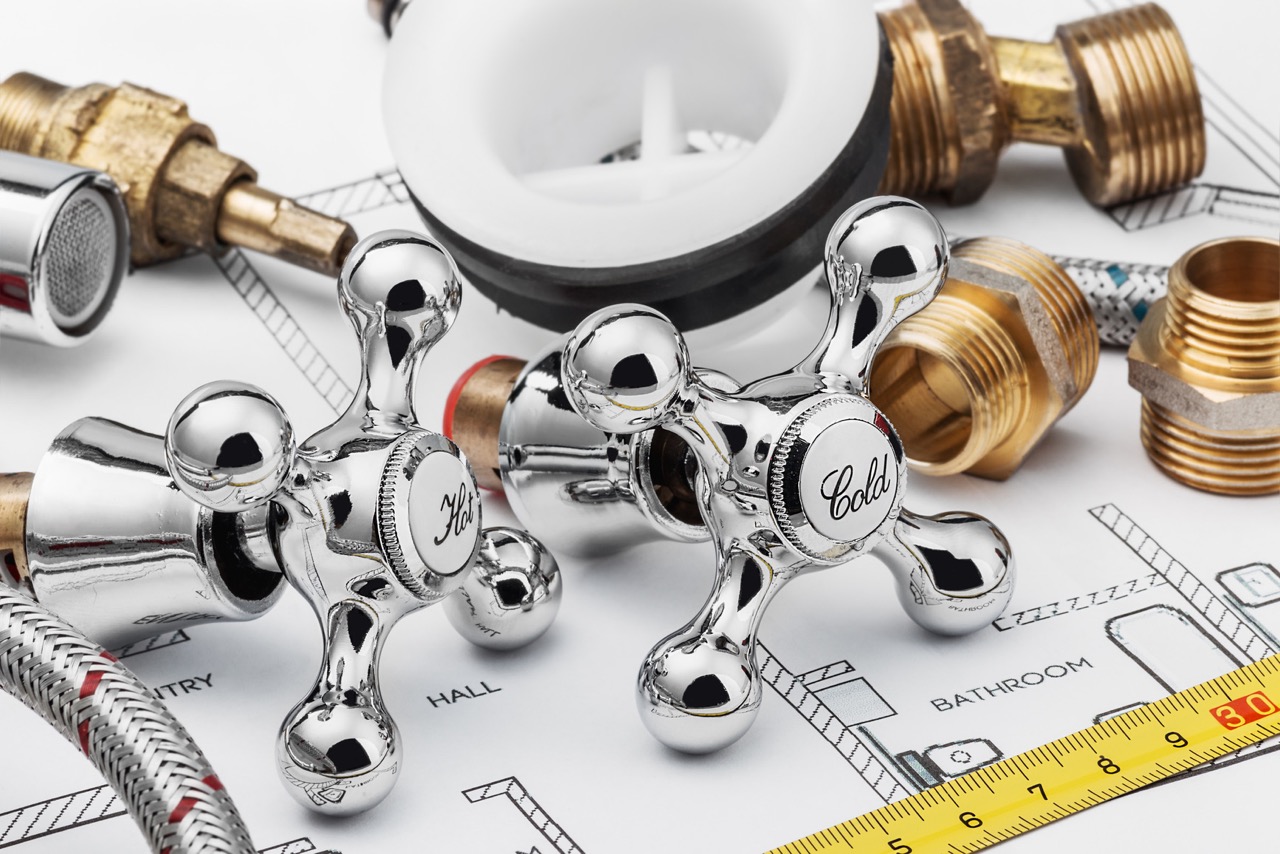
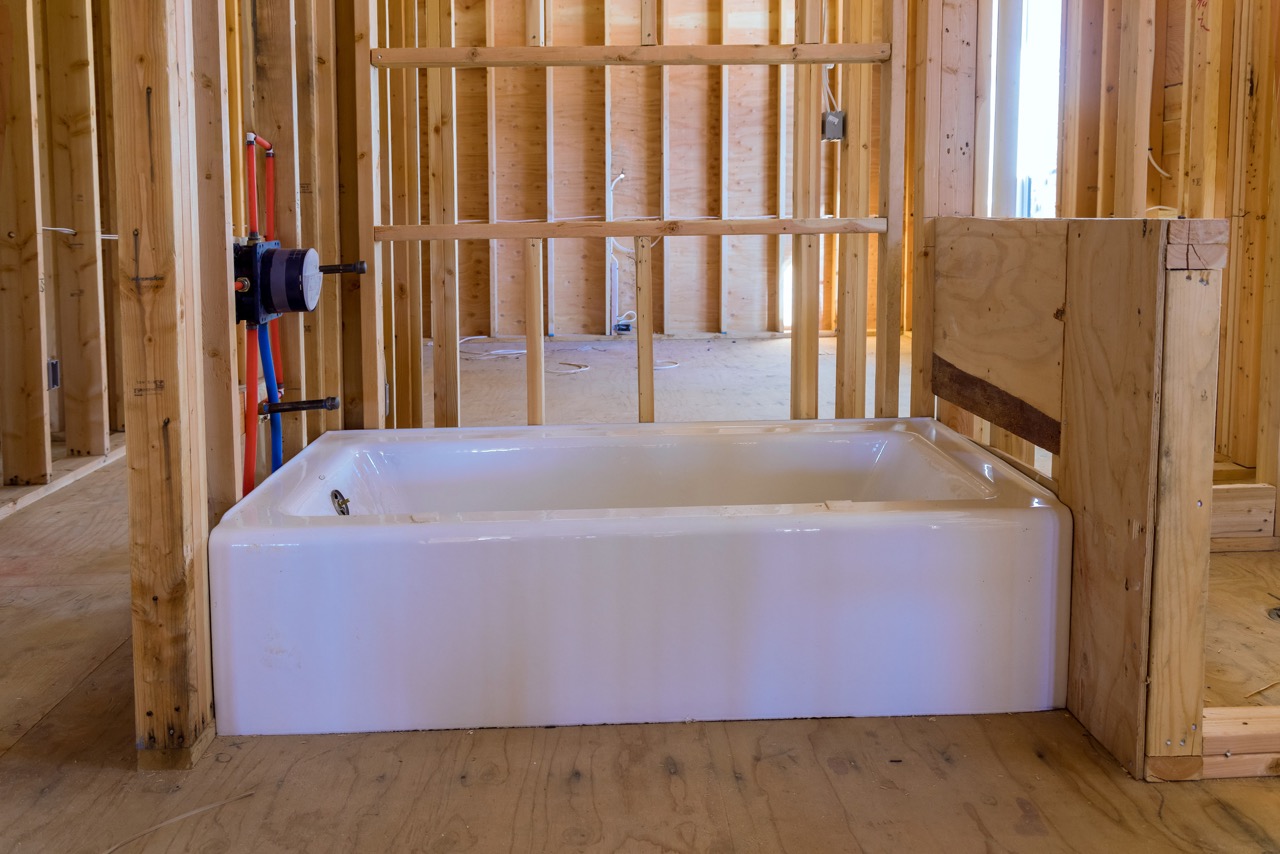
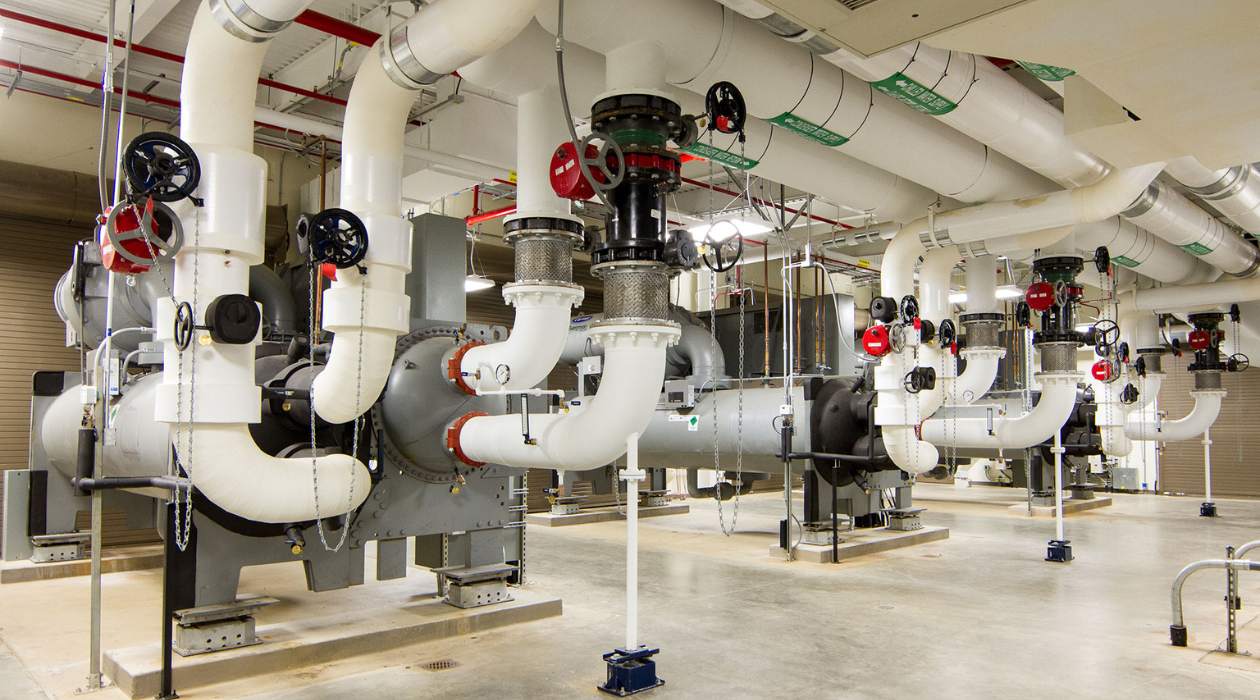
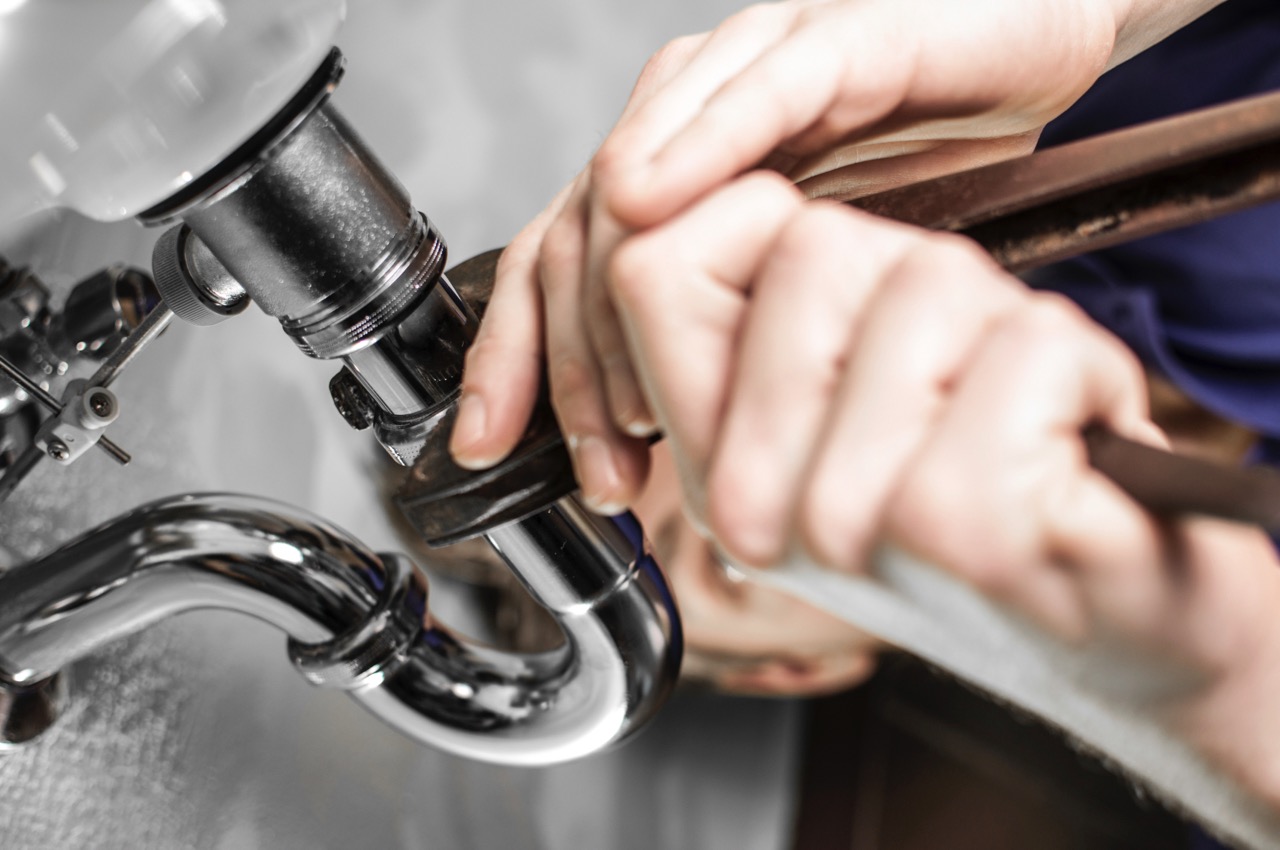
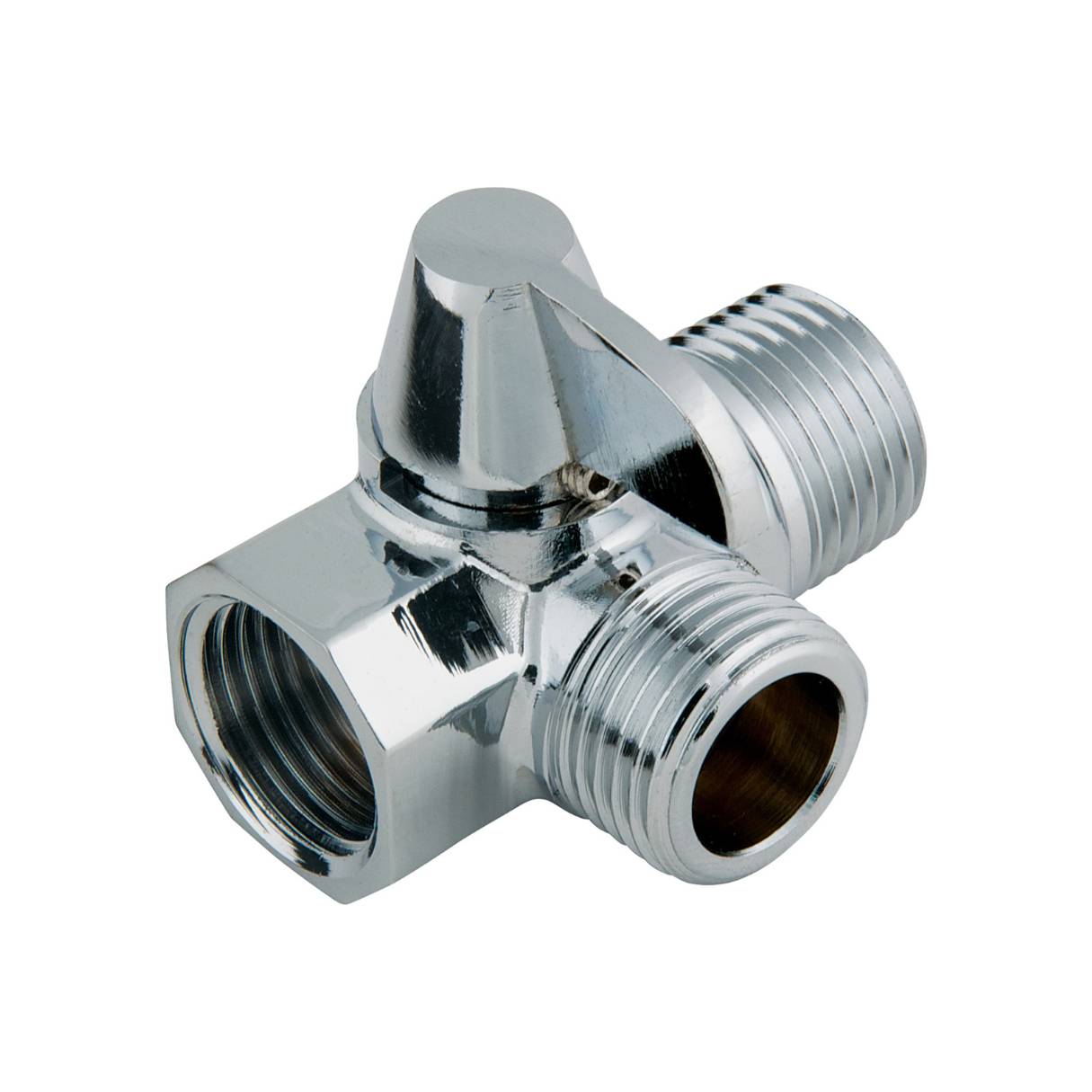
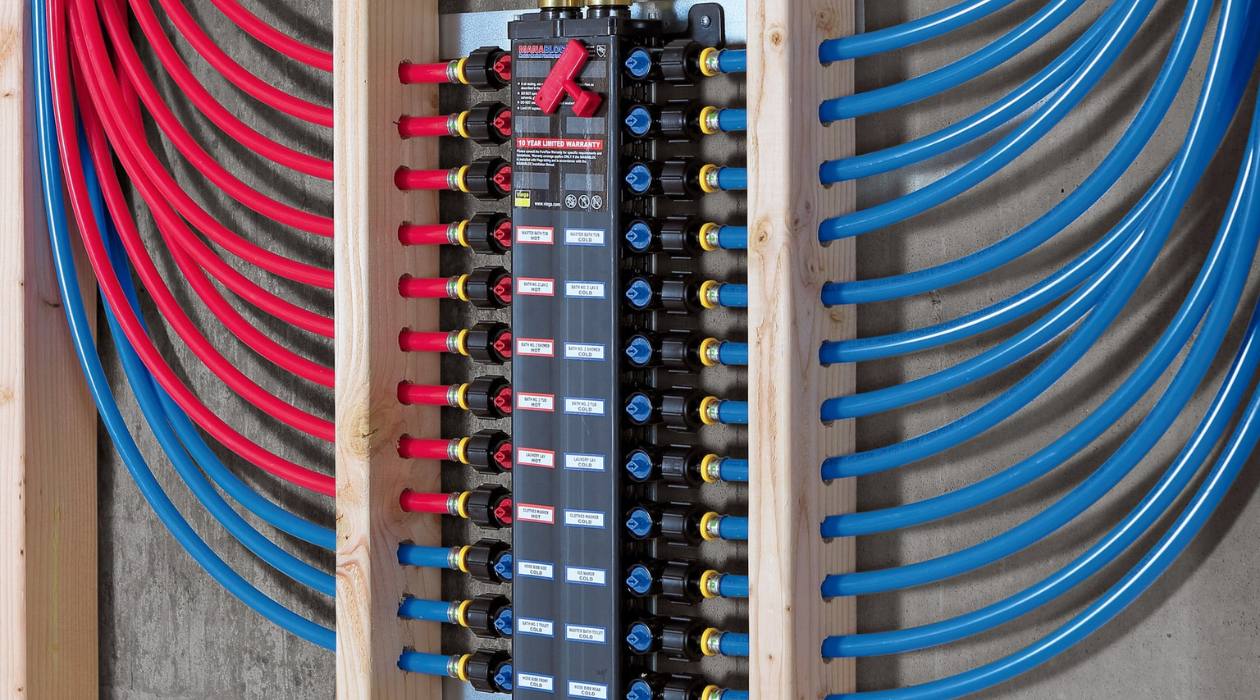
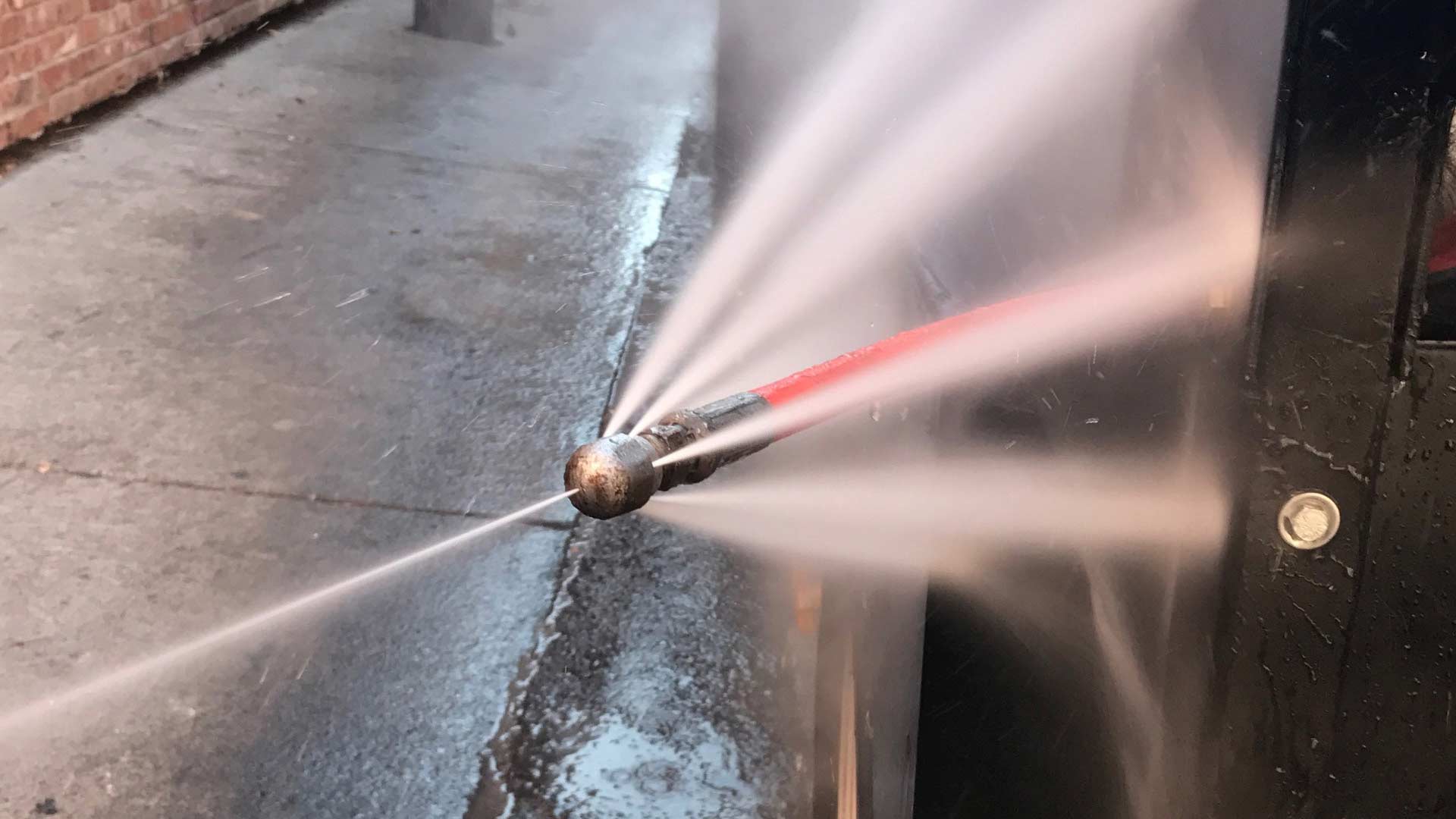
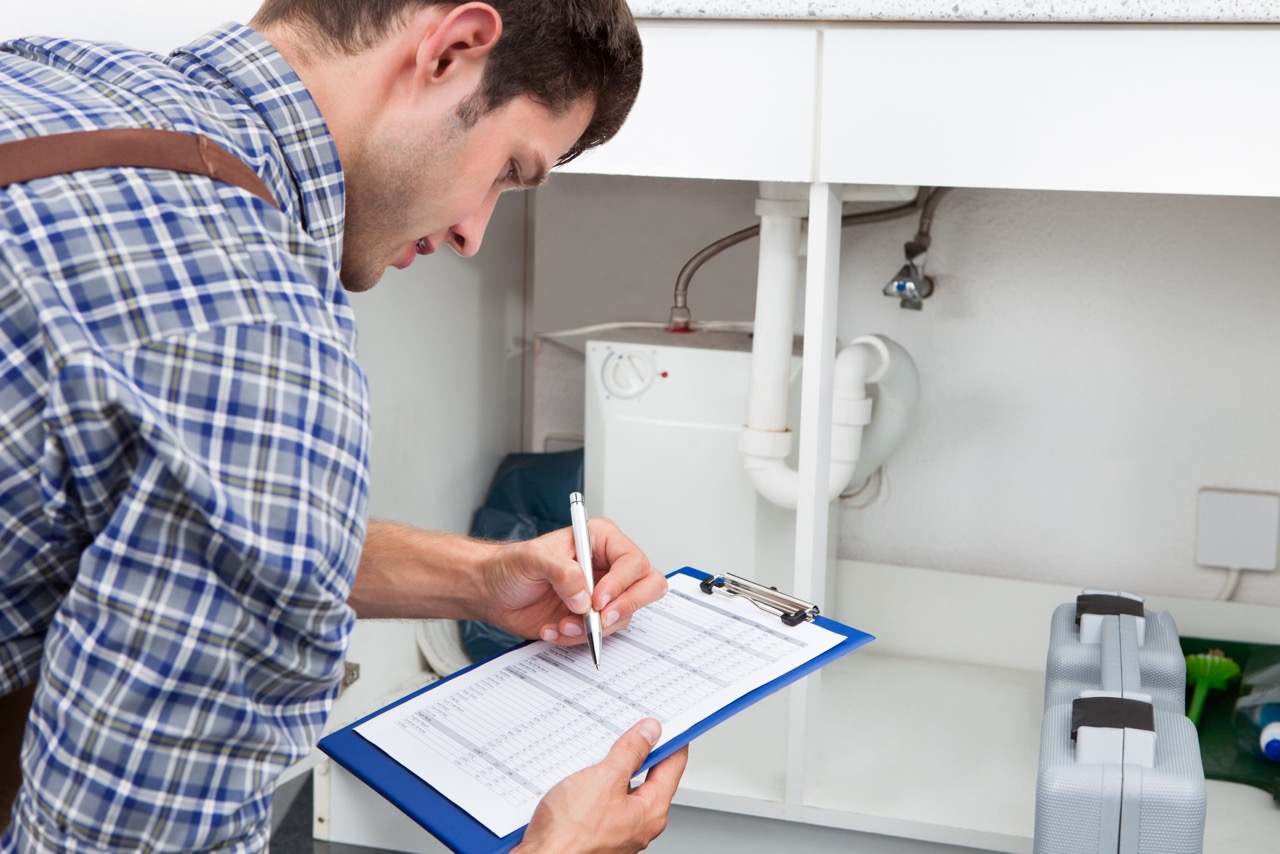
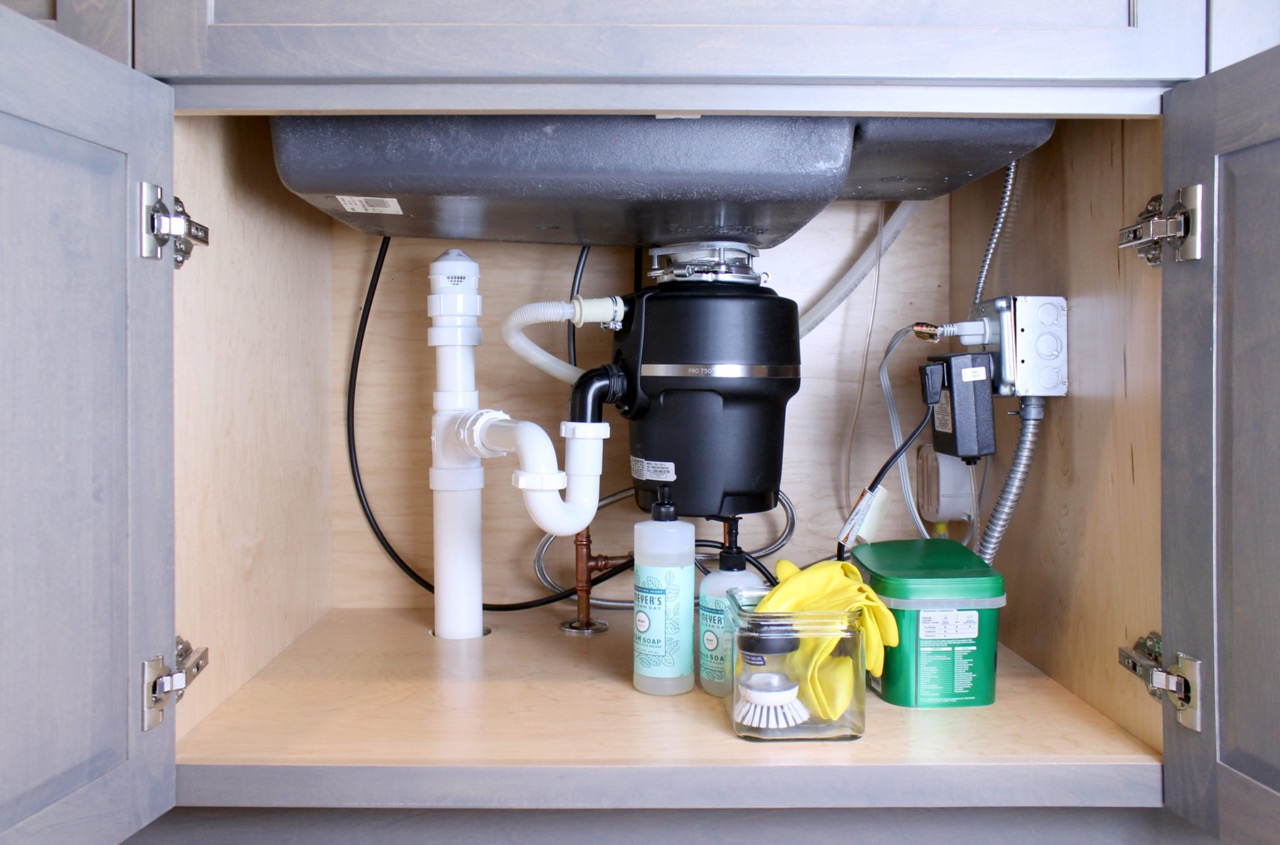
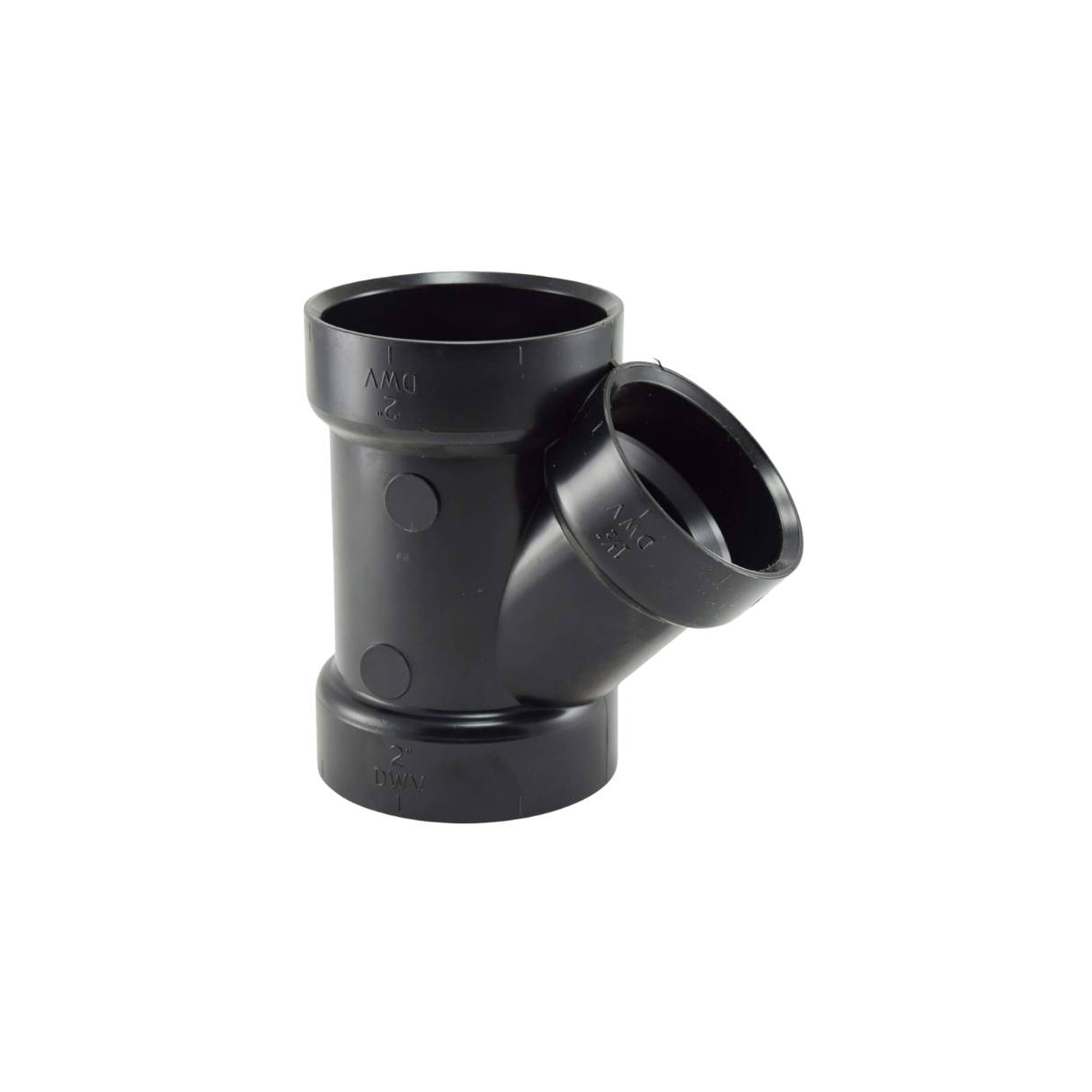
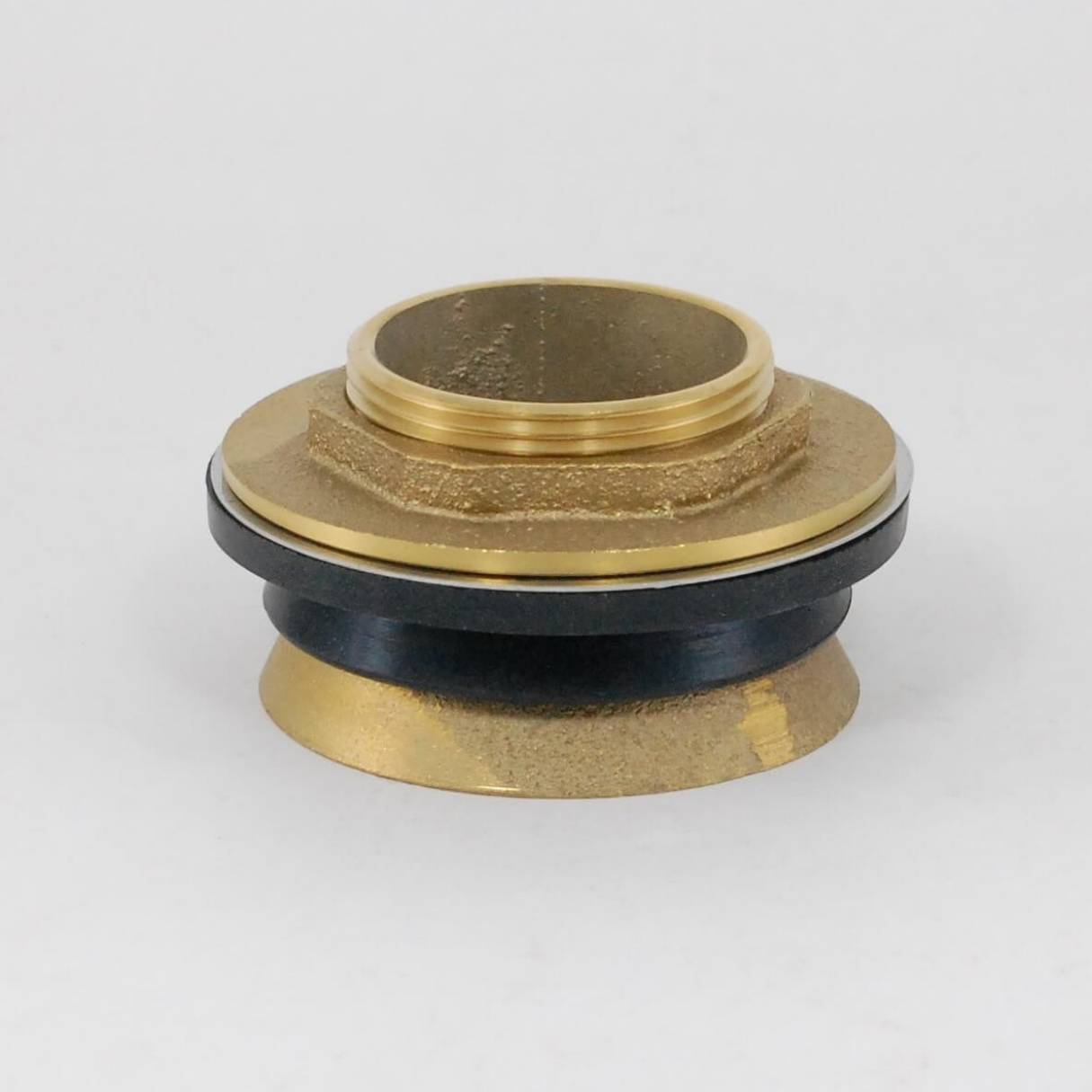
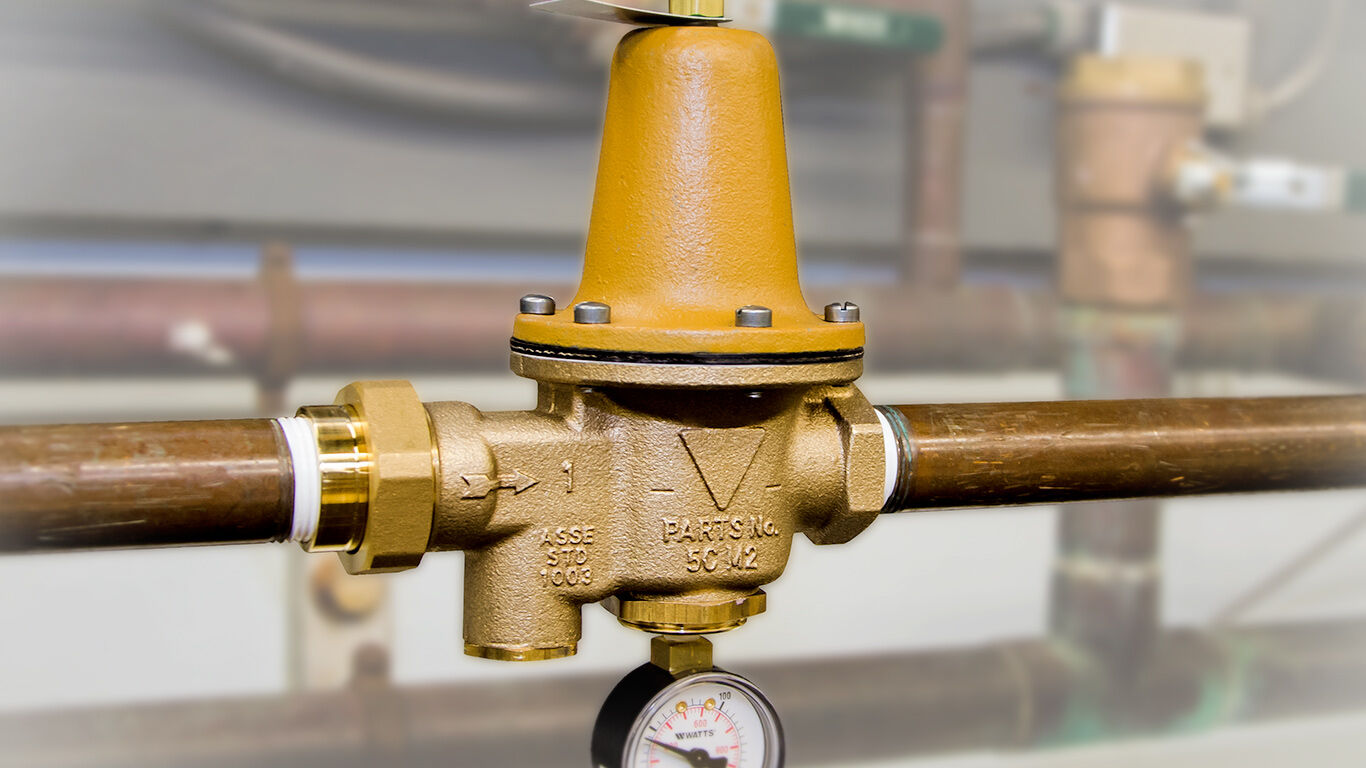
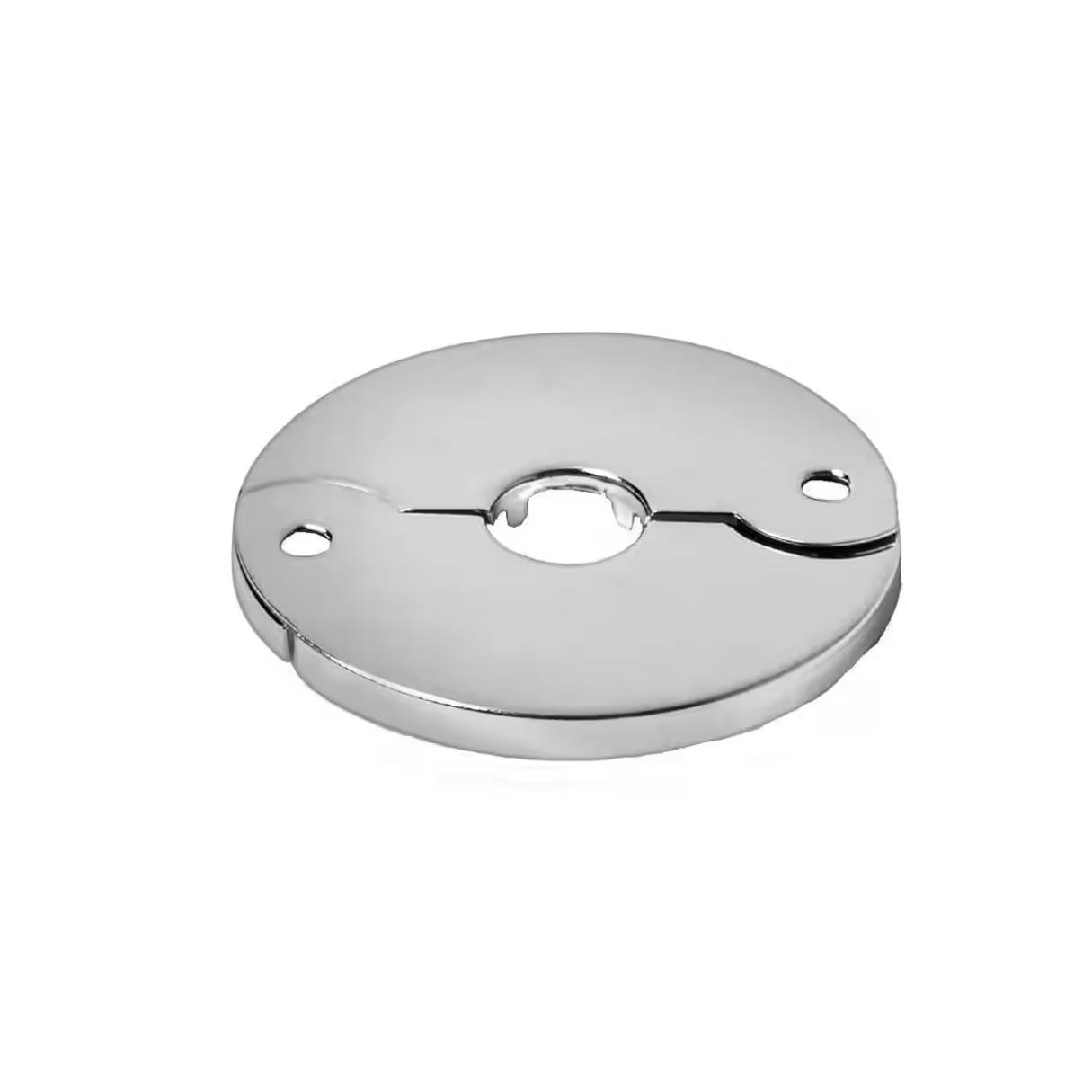

0 thoughts on “What Is HVAC Plumbing”